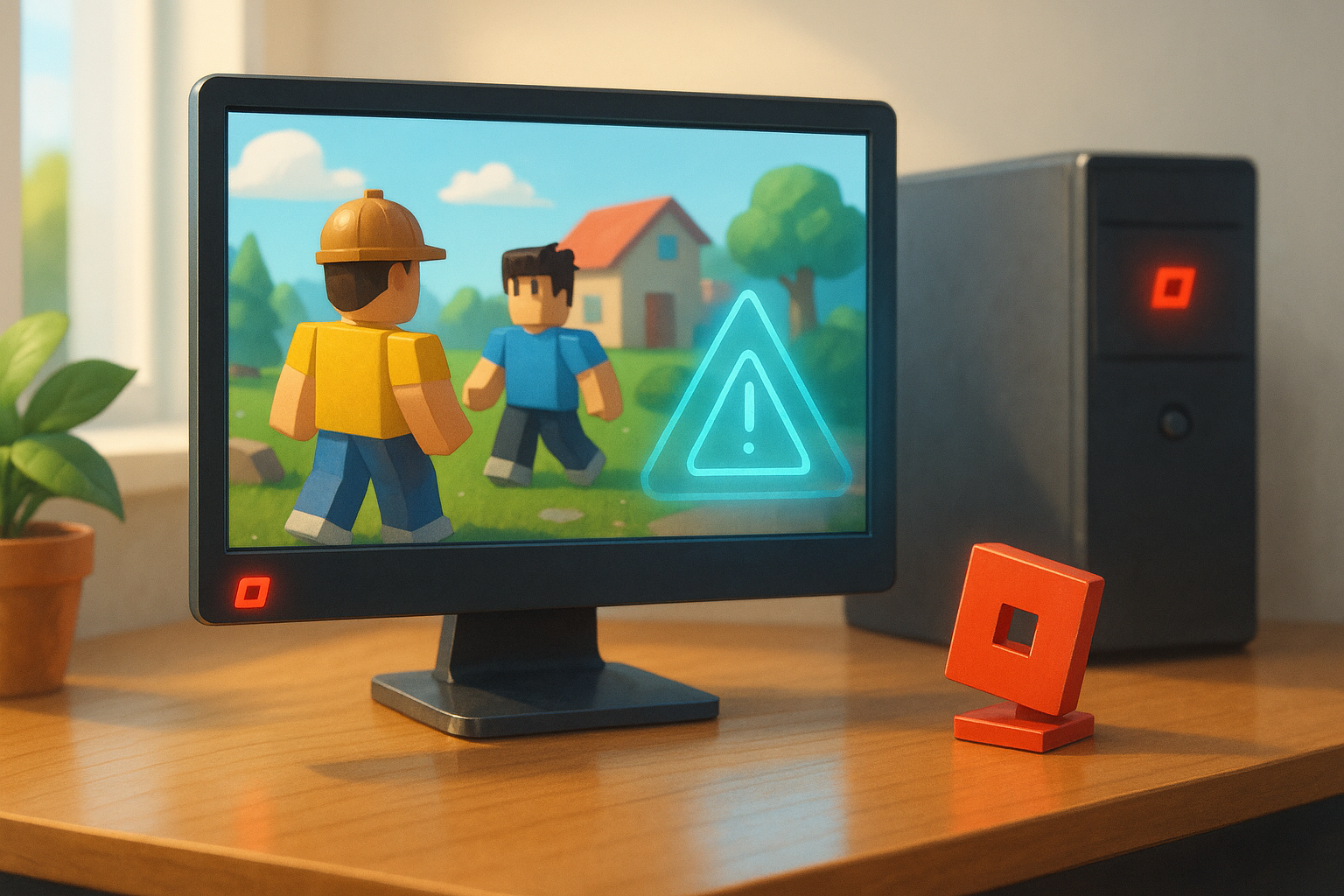Going from “Just Me” to “We”: A Security Playbook for Your First Employee’s First Day

One of the biggest changes in a small business comes the moment you invite someone else in: your first hire, or maybe a freelancer, accountant, virtual assistant, or marketing consultant who helps carry part of the load.
Most small businesses begin as one-person operations. In fact, about 85.8% of small businesses are solopreneurs, and 55% of them work from home (Tailor Brands, 2024). Many stay small by choice, but once your business starts to grow, the stakes change. According to the SBA, self-employed owners earn around $49,000 per year, while businesses with one to four employees bring in roughly $387,000, a sign that expanding, even a little, changes everything.)*
Among all small businesses, about 36% have between two and five employees, that sweet spot where collaboration starts to power growth. But it also brings new risks.
As soon as someone else gets access to your laptop, shared drive, or social media account, your security needs shift. You’re no longer protecting just your own devices and passwords. Now, someone else’s actions can affect your clients, your reputation, and your finances.
That’s when your cyber responsibility stops being personal and becomes shared.
Why Sharing Access Changes Everything
Every time you share a login, a document, or access to an account, you open a new door into your business.
You might completely trust the person you’re working with, but you can’t control where they connect from, whether their Wi-Fi is secure, or how careful they are with passwords. Even a skilled professional can make a small mistake, like clicking on a realistic phishing email or downloading what looks like a routine invoice, and end up exposing your files.
Protecting the business you’ve built means protecting your client data, your ideas, and your online presence from everyday human errors that can cost you dearly.
The First Day of Collaboration: What to Do Step by Step
Before They Start (Day 0 – 30–60 minutes)
Before your new collaborator begins, take a moment to set things up safely.
Create individual logins for every tool they’ll use, with the smallest permissions possible — no shared passwords or admin rights “just for convenience.” It helps you stay in control and makes offboarding easy later if needed.
If you’re sharing documents, set up a clean shared folder with only what they need. Add a short “Start Here” note with links, tasks, and expectations. It saves time and prevents them from digging through private or outdated files.
Check that your own devices are protected and up to date — firewall on, antivirus active, and no software waiting for updates. A solution like Bitdefender Premium Security keeps you covered, ensuring your personal and business data arealready safe before anyone else joins in.
Hour 1: Welcome and Expectations (15–20 minutes)
Use your first call or chat to talk through both the work and how you’ll keep information safe.
Explain your approach in plain language: you don’t share passwords; you both use a password manager and a VPN; and if anything looks strange — an invoice, an email, or a message asking for credentials — they should stop and ask before doing anything.
You can simply say: “Security is part of how we protect our clients and our business. If you’re ever unsure about a link or request, just check with me first.”
This sets the tone for open communication and helps them feel comfortable speaking up early if something doesn’t look right.
Related: Should You Let Your Child Work in Your Business? Here Are Some Practical Ways They Can Help
Hour 2: Access and Tools Setup (30 minutes)
The next step is to go through the actual access setup. Invite them to the shared workspace, password manager, or relevant apps. Turn on multi-factor authentication (MFA) for every account they’ll use, and make sure it works on their device before they start working.
If you’re using shared folders or drives, double-check that permissions are limited to the project files. A virtual assistant handling invoices doesn’t need to see your social media calendar, and a designer doesn’t need to view client contracts.
Related: How to Work Safely with Polyworkers, Contractors and Freelancers
Hour 3: Their Device Check (15 minutes)
Your collaborator’s device becomes part of your business environment the moment they start working with you — even if it’s their own laptop.
Ask them to confirm that they’re using a reputable, up-to-date antivirus solution, not a free or unknown program. The quality of their protection matters as much as yours. A weak or fake antivirus can create a false sense of safety while leaving both your systems exposed.
Make sure automatic updates are turned on and the device locks automatically when idle.
If you’re working with freelancers, a short written agreement helps too — one that covers confidentiality, where files should be stored, and how access will be removed once the work ends. It’s not about control; it’s about clarity.
Hour 4: Phishing and Payment Rules (15 minutes)
Even experienced professionals can fall for scams that look legitimate.
Spend a few minutes showing your collaborator examples of common traps — fake invoices, “urgent” CEO payment requests, or emails that appear to come from your bank or payment provider. These scams rely on speed and trust, not carelessness.
Set one firm rule from the start: no payments, banking updates, or transfers happen without a quick voice confirmation. It’s a simple safeguard that stops most financial scams before they happen.
For extra protection, tools like Bitdefender’s Scam Copilot can help detect and flag sophisticated scams that slip past the human eye. Combined with Bitdefender’s Email Protection, it keeps inboxes free from fake messages and links, giving both you and your team a safer, scam-free workday.
Related: How Scammers Trick You into Compromising Your Own Security—and How to Stop Them
Hour 5: First Task (30–60 minutes)
On their first day, assign a simple task that doesn’t require full access — something they can complete within the systems you’ve already secured.
Stay available for questions while they work, and check that everything runs smoothly. This gives you a chance to see how access works in practice and whether permissions are set correctly.
Hour 6: Review and Wrap-Up (10 minutes)
At the end of the day, spend a few minutes reviewing. Make sure your collaborator can reach everything they need and nothing more. Talk about what worked, what felt confusing, and how you’ll handle file sharing, communication, and security questions going forward.
Privacy, Confidentiality, and AI Use
Once your collaborator is set up and working, take a moment to talk about how information should be handled day to day.
Remind them that not all data is meant to be shared. Client details, strategy documents, and financial information should stay within the tools and folders you’ve approved.
If they use AI chatbots, writing assistants, or image generators, set clear limits from the start. Public AI tools aren’t private spaces, anything entered there can be stored, reviewed, or reused to train models. That means no client names, passwords, or sensitive business details should ever be typed into an AI chat.
If you use AI internally, choose trusted, transparent platforms and review their privacy options together. Treat them like any other online service: useful, but only when used carefully.
When Your Team Grows
If it’s just the two of you, a consumer solution such as Bitdefender Premium Security is enough to keep things safe. It covers everything you need at this stage: reliable antivirus, strong phishing and scam protection, a password manager, and a secure VPN - all the basics mentioned above.
But if collaboration goes well and you bring in a third person, it’s time to move up to Bitdefender Ultimate Small Business Security. It gives you a single dashboard to manage protection for every device, apply the same security rules for everyone, and spot potential threats before they cause trouble. No IT team required, just a smarter, safer setup that grows with your business.
Start your free trial now.
Essentials You Can Reuse
When you start working with others, a few simple documents and routines can save you from headaches later. You don’t need to sound formal or hire a lawyer — you just need clarity.
1. Collaboration Agreement (1 page)
Keep it short and practical. It should say:
- All client data and files are confidential and used only for agreed work.
- Each person uses their own login and password — no sharing.
- Work files stay in the shared drive or project workspace, not on personal devices.
- Everyone uses a password manager and MFA.
- No payment or banking changes happen without direct confirmation.
- Access is removed when the collaboration ends, and all shared files are returned.
2. BYOD (Bring Your Own Device) Note
If your collaborator uses their own laptop or phone, ask them to confirm:
- They have antivirus protection and automatic updates turned on.
- They use a password manager and MFA for all work accounts.
- They’ll keep work files in the shared workspace only.
3. Access Map
Keep a simple list of who can see what. For example:
- Bookkeeper: access to invoices, not bank accounts.
- Social media helper: drafts and scheduling, not ads billing or passwords.
- Designer: project folder only, not client database.
- Virtual assistant: calendar and inbox rules, not accounting tools.
4. If Something Looks Wrong
Give every collaborator a short plan for what to do if something suspicious happens:
- Stop — don’t click, open, or pay.
- Take a screenshot and send it to you.
- You’ll check through official channels before doing anything else.
- If they already clicked, they should tell you right away so you can scan and reset accounts.
If something goes wrong, check here what you can do: Responding to a Cyberattack - What to Do When You Get Hacked: A Small Business Guide
*Source: Key Small Business Statistics
tags
Author
Cristina is a freelance writer and a mother of two living in Denmark. Her 15 years experience in communication includes developing content for tv, online, mobile apps, and a chatbot.
View all postsRight now Top posts
Recruitment Scam Alert: Fraudsters Impersonate Bitdefender in Fake Job Interviews
October 13, 2025
What are Roblox Executors and Why Do Parents Really Need to Know About Them
October 10, 2025
How to Outsmart Today’s Sneakiest Phishing Scams
October 10, 2025
FOLLOW US ON SOCIAL MEDIA
You might also like
Bookmarks






